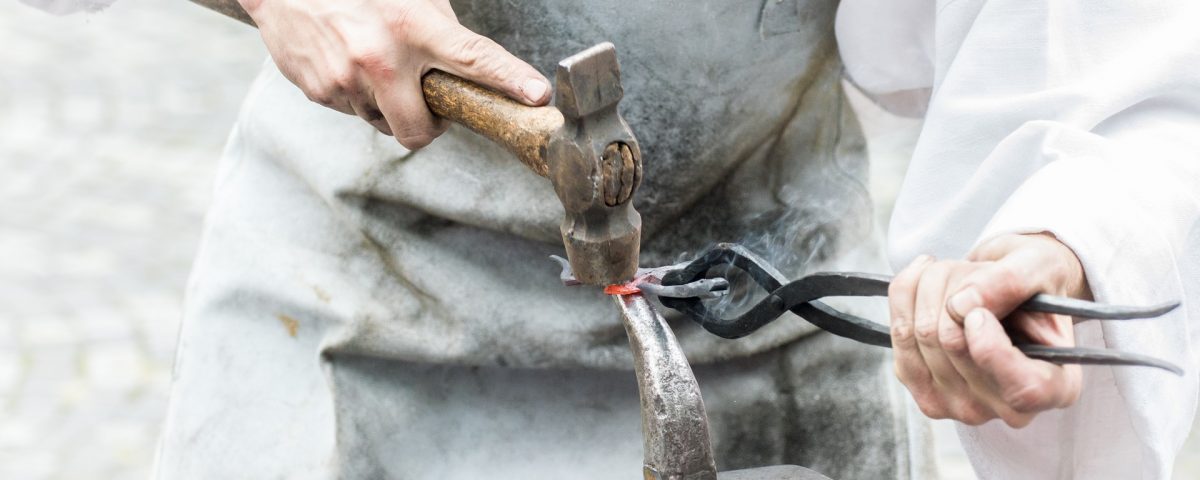
Three “Hot” Amazon Subgenres or Trends?
March 19, 2017
“Sight” Writing: 5 Senses
May 17, 2017Great authors write using the five senses. They are masters of drawing their readers deeper into the world, scene, or setting of a story by embracing the intricacies and subtleties of the five senses.
The senses of sight, sound, touch, taste, and feel are available to almost all writers. Utilizing proper description of each of the five sense in your manuscript will greatly improve your story, and will drastically improve your chances of getting your manuscript published.
In the modern world sound is everywhere. You can’t get away from it. Popular studies have shown that spending just thirty-minutes in a room void of sound can drive a person crazy and cause them to hallucinate. It is near impossible to find an area with an absence of sound. You cannot avoid even the faintest whirr of air-conditioning fans blowing, the tick of a clock, or even your own heart, and neither can the characters in your manuscript.
Sound is everywhere, even in your made up reality contained within the pages of your story. The reality of this is a great benefit to your writing. Your readers know and experience those same sounds in their daily lives. It gives you common ground from which you can connect your scene or setting with the mind of your target audience.
As an exercise take sixty-seconds and write what you hear in the scene shown in this picture.
What did you hear?
Did you hear the metallic clash of the blacksmith’s hammer pounding against the red-hot metal? Most people do.
What about the laborious grunts emanating from the blacksmith as he exerts all of his effort into reshaping the metal? Not as many people hear that sound when they look at this picture. You have to look deeper. Put yourself into the scene to see it.
Can you hear the singing sounds of sparks blasting away from the impacts?
What about the sizzle of the blacksmith’s sweat as it drops from his forehead onto the molten metal?
Or the scrunching of thick leather in the blacksmith’s apron as he moves and twists?
Look again at the picture and picture yourself in the scene. Close your eyes and experience the blacksmith working. What do you hear?
Hopefully, your mind allowed you to embrace the setting in a unique way. Maybe you heard the roar of the fire just outside the picture, or the screeching of metal as the blacksmith readjusts his grip on the hot metal using the tongs.
Did you hear an assistant chattering in the background? Or music playing on an old radio?
If you didn’t hear any of these things, don’t worry. It takes practice. But the more you open your mind to the reality of the sound around you, the more you will be able to describe it in your manuscript and pull your reader further into your story.
Take one last look at the image and write in the comments something unique that you can “hear” in the setting, that you didn’t already hear the first two times.





